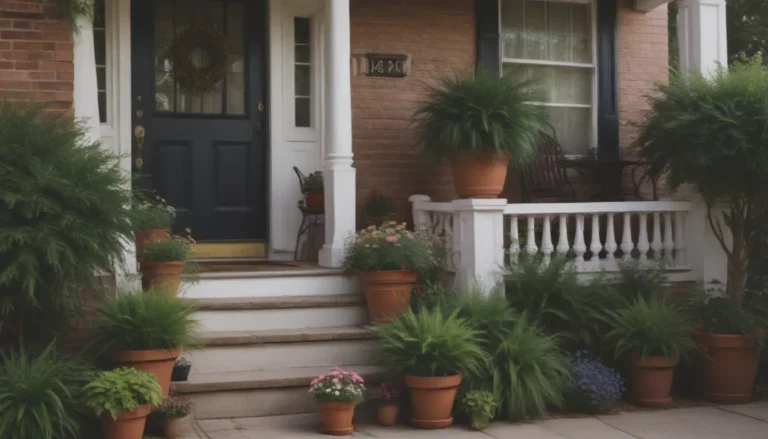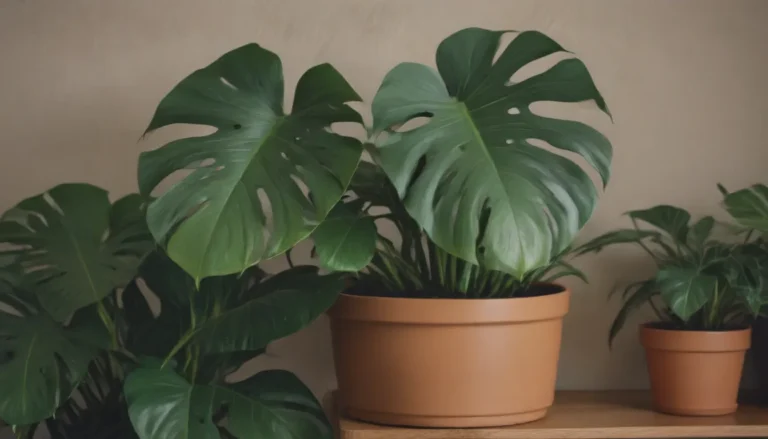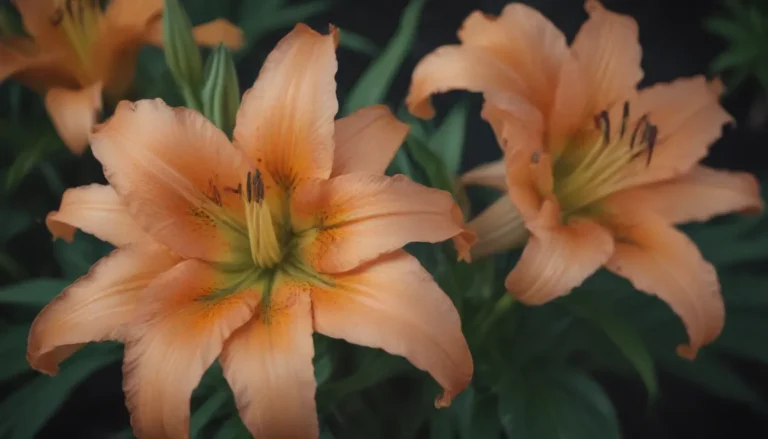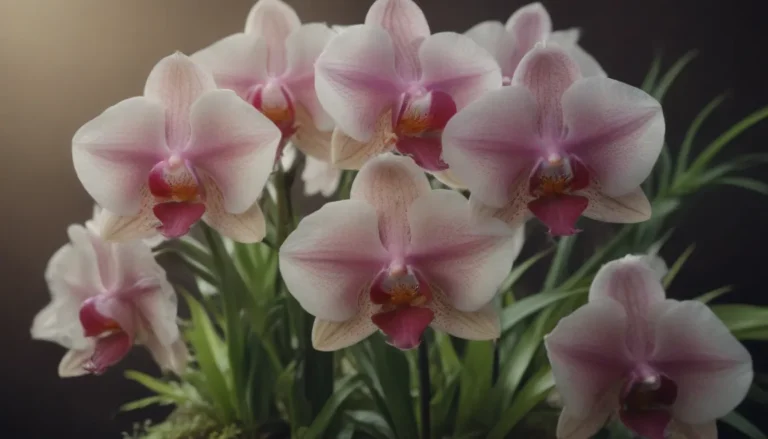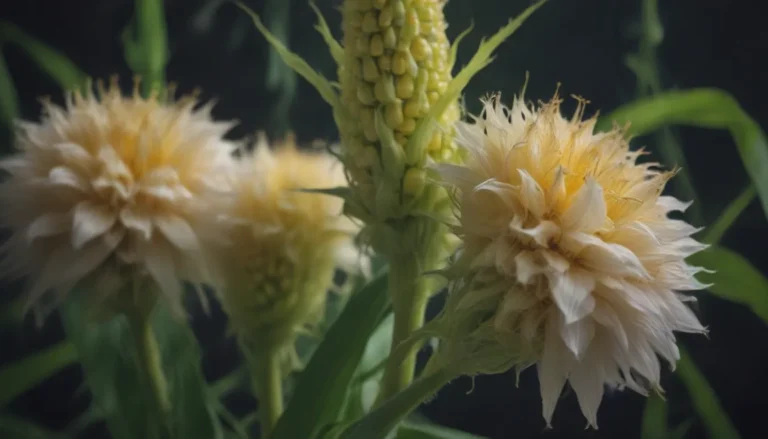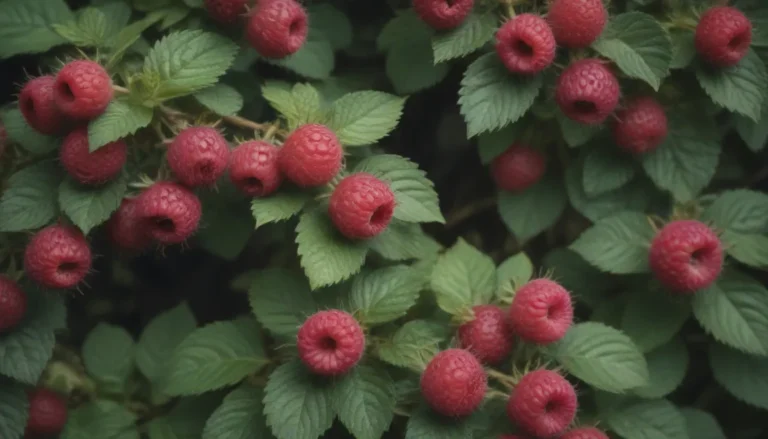Why Is My Aloe Plant Turning Brown? 7 Causes and Solutions
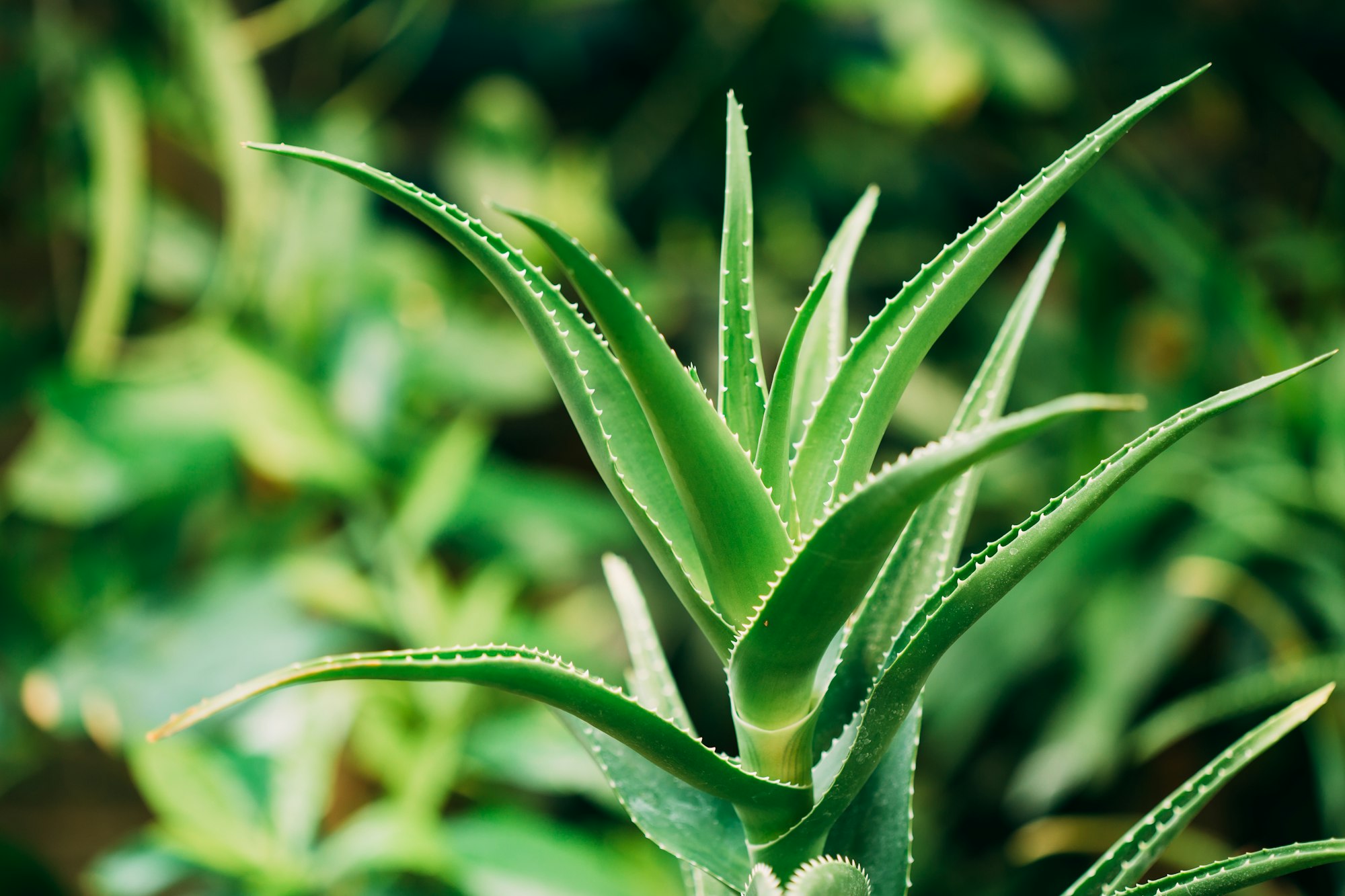
Are you wondering, “Why is my aloe plant turning brown?” You’re not alone. Many aloe plant owners face this common issue, and seeing your once-vibrant succulent losing its lush green color can be concerning. In this comprehensive guide, we’ll explore the reasons behind aloe plant browning and provide practical solutions to help you restore your plant’s health.
Understanding Aloe Plants
Before we dive into the causes of browning, let’s briefly discuss what makes aloe plants unique. Native to arid regions of Africa and the Arabian Peninsula, aloe plants are known for their succulent leaves and shallow root systems. They’re prized for their drought tolerance, medicinal properties, and air-purifying qualities, making them popular low-maintenance houseplants.
7 Common Causes of Aloe Plant Browning
1. Overwatering
Overwatering is perhaps the most common reason for aloe plants turning brown. These succulents are adapted to dry conditions and can easily fall victim to excess moisture. Signs of overwatering include soft, mushy leaves, brown spots starting from the base of the plant, and a foul odor from the soil.
To remedy overwatering, reduce watering frequency, ensure proper drainage in the pot, and allow the soil to dry completely between waterings.
2. Underwatering
While aloe plants are drought-tolerant, prolonged periods without water can cause stress and lead to browning. Underwatered aloes often display thin, curled leaves, brown and crispy leaf tips, and slow growth.
To fix underwatering, increase watering frequency slightly, water deeply when you do water, and check soil moisture regularly.
3. Sunburn
Aloe plants love sunlight, but too much direct sun can cause damage, especially if the plant isn’t acclimated. Sunburned aloes often show brown or white patches on leaves exposed to direct sunlight, and the leaves may appear dry and crispy.
To prevent sunburn, gradually acclimate your aloe to more sunlight, provide partial shade during the hottest part of the day, and consider using a sheer curtain to filter intense sunlight.
4. Nutrient Deficiency
While aloe plants don’t require frequent fertilization, a lack of essential nutrients can lead to discoloration. Nutrient-deficient aloes may have yellowing leaves that turn brown over time, stunted growth, and a pale or lackluster appearance.
To address nutrient deficiency, use a balanced, water-soluble fertilizer designed for succulents. Fertilize sparingly, only during the growing season (spring and summer), and consider repotting with fresh, nutrient-rich soil.
5. Pest Infestation
Pests like mealybugs, spider mites, and scale insects can cause damage to aloe plants, resulting in brown spots or overall discoloration. Signs of pest infestation include visible insects or webs on the plant, sticky residue on leaves or surrounding surfaces, and small brown or yellow spots on leaves.
To combat pests, isolate the affected plant to prevent spread, use insecticidal soap or neem oil to treat the infestation, and regularly inspect and clean your aloe plant.
6. Temperature Stress
Aloe plants prefer warm temperatures but can suffer when exposed to extreme heat or cold. Temperature-stressed aloes may develop brown patches or spots on leaves, wilting or drooping leaves, and a soft, mushy texture in cold conditions.
To protect your aloe from temperature stress, keep it away from drafty windows and air conditioning vents, protect outdoor plants from frost, and provide shade during extremely hot weather.
7. Root Rot
Root rot is a severe condition often caused by overwatering or poor drainage, leading to fungal growth in the soil. Signs of root rot include brown, mushy roots when inspected, a foul odor from the soil, and leaves turning brown and soft, starting from the base.
To treat root rot, remove the plant from its pot and inspect the roots. Trim away any brown, mushy roots with clean, sharp scissors, repot in fresh, well-draining soil, and adjust watering habits to prevent recurrence.
Reviving Your Aloe Plant: Step-by-Step Guide
Now that we’ve identified the potential causes, let’s walk through a process to revive your browning aloe plant:
- Assess the situation by carefully examining your plant to determine the most likely cause of browning.
- Adjust watering habits, ensuring you’re providing the right amount of water at appropriate intervals.
- Check the lighting and move your plant to a location with bright, indirect sunlight if needed.
- Inspect for pests and treat accordingly if found.
- Evaluate soil and drainage, ensuring your aloe is planted in well-draining soil and a pot with adequate drainage holes.
- Prune damaged leaves to allow the plant to focus energy on healthy growth.
- Consider repotting if root rot is suspected or the soil is compacted.
- Provide proper care moving forward, maintaining a consistent care routine tailored to your aloe plant’s needs.
Preventing Future Browning
To keep your aloe plant healthy and vibrant, follow these preventive measures:
Water wisely by allowing the soil to dry completely between waterings. Provide adequate light by placing your aloe in a spot with bright, indirect sunlight. Use proper soil, planting in a well-draining succulent or cactus mix. Monitor temperature, keeping your aloe in a warm environment, away from cold drafts. Fertilize sparingly, feeding your aloe plant only during the growing season with a diluted succulent fertilizer. Perform regular inspections, checking your plant for signs of stress or pest infestation.
FAQs About Browning Aloe Plants
Q: Can a brown aloe plant turn green again?
A: Yes, if the browning is caught early and the underlying issue is addressed, many aloe plants can recover and regain their green color.
Q: How often should I water my aloe plant?
A: Generally, water your aloe plant every 2-3 weeks, allowing the soil to dry completely between waterings. Adjust based on your specific environment.
Q: Is it normal for the bottom leaves of my aloe plant to turn brown?
A: It’s natural for the oldest, bottom leaves to eventually turn brown and die off. However, if many leaves are affected, it may indicate a problem.
Q: Can I use the gel from a browning aloe leaf?
A: It’s best to avoid using gel from brown or discolored leaves, as they may contain bacteria or fungi. Stick to healthy, green leaves for medicinal use.
Conclusion
Understanding why your aloe plant is turning brown is the first step in nursing it back to health. By identifying the cause and implementing the appropriate solution, you can revive your plant and prevent future issues. Remember, aloe plants are resilient, and with proper care, they can thrive for years, providing you with both beauty and practical benefits.
Have you experienced browning in your aloe plant? What solutions worked best for you? Share your experiences in the comments below, and let’s help each other grow healthier, happier aloe plants!
